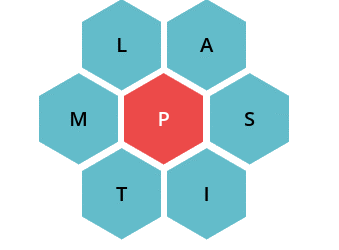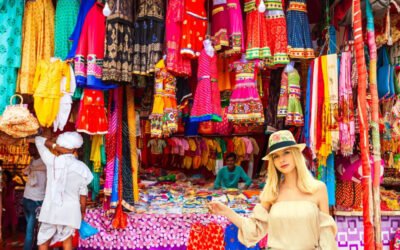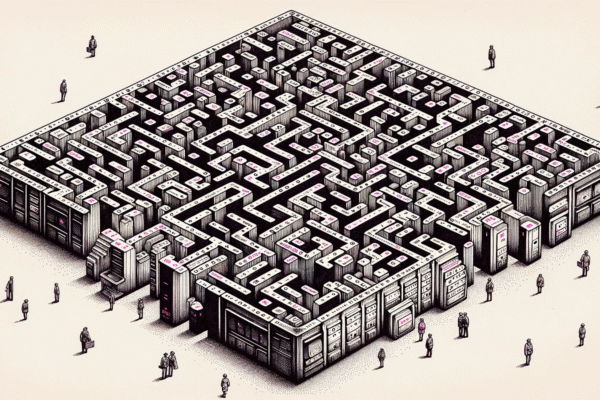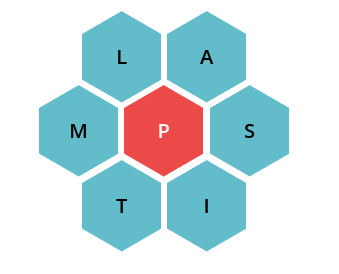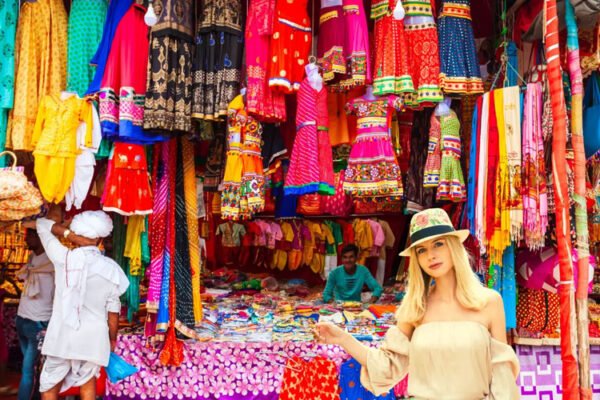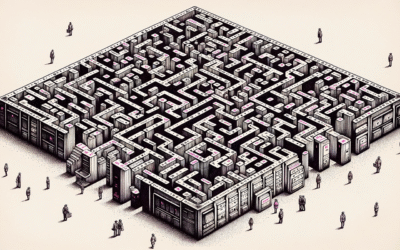
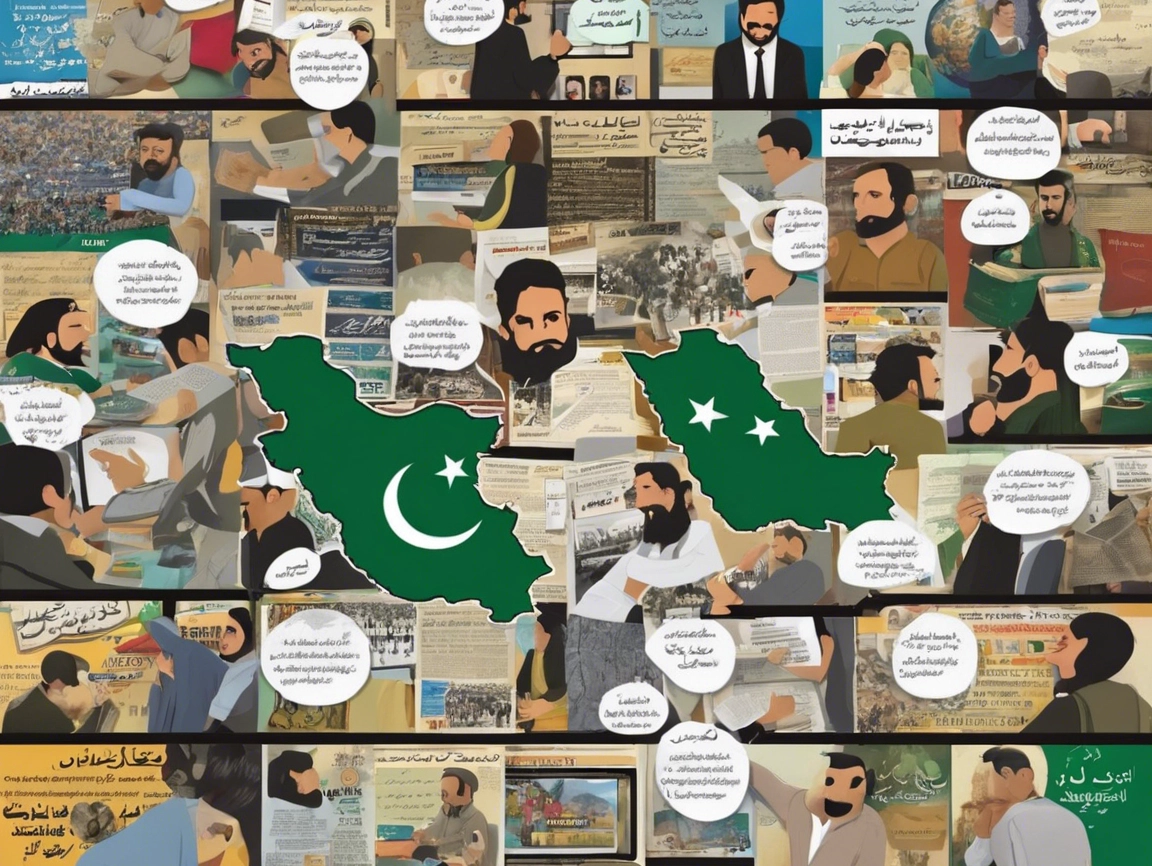
Unveiling the Latest Pakistani News: Exploring the Vibrant World of Urdu Journalism
nveiling the Latest Pakistani News: Exploring the Vibrant World of Urdu Journalism
Step into the dynamic world of Urdu journalism and discover the latest Pakistani news that is shaping the nation. Urdu, with its rich history and cultural significance, holds a special place in the hearts of millions. In this article, we delve into the vibrant realm of Urdu journalism, uncovering the stories that capture the attention of readers across the globe.
With an array of well-established news outlets and emerging digital platforms, Urdu journalism offers a unique perspective on the events, trends, and issues that matter most to the Pakistani audience. From politics to entertainment, sports to technology, Urdu journalism covers it all with a distinctive flair and depth of analysis.
Stay informed with the latest breaking news, feature stories, and in-depth investigations as Urdu journalism continues to evolve and adapt to the needs of a rapidly changing world. Whether you are a native Urdu speaker or just curious about the Pakistani news landscape, this article will provide you with a comprehensive overview of the captivating world of Urdu journalism.
History and evolution of Urdu journalism in Pakistan
Urdu journalism in Pakistan has a rich and storied history, tracing its roots back to the pre-independence era. The foundation of Urdu journalism was laid in the 19th century, when the first Urdu-language newspaper, the “Jam-e-Jahan Numa,” was established in 1822 in Calcutta (now Kolkata), India. This publication played a crucial role in shaping the discourse around social and political issues, laying the groundwork for the future of Urdu journalism.
As Pakistan emerged as an independent nation in 1947, Urdu journalism underwent a significant transformation. The new country’s government recognized the importance of Urdu as the national language and actively promoted its use in various spheres, including the media. This led to the establishment of numerous Urdu-language newspapers and magazines, which quickly gained popularity among the masses. Iconic publications like the “Daily Jang,” “Daily Express,” and “Daily Nawa-i-Waqt” became household names, providing comprehensive coverage of news, politics, and cultural affairs.
Over the decades, Urdu journalism in Pakistan has continued to evolve, adapting to the changing social, political, and technological landscapes. The rise of digital media has ushered in a new era, with Urdu news websites and online platforms gaining significant traction. These digital ventures have not only expanded the reach of Urdu journalism but have also introduced innovative approaches to storytelling and news dissemination. From live updates to interactive multimedia content, Urdu journalism is embracing the digital age and redefining the way information is consumed and shared in Pakistan.
Importance of Urdu journalism in Pakistani society
Urdu journalism holds a pivotal role in Pakistani society, serving as a vital bridge between the government, policymakers, and the people. As the national language, Urdu has a deep-rooted connection with the cultural and linguistic identity of the country, and Urdu journalism plays a crucial part in preserving and promoting this heritage.
Urdu news outlets serve as a vital source of information for the masses, providing comprehensive coverage of local, national, and international events. They not only report on the latest happenings but also offer in-depth analysis, investigative pieces, and diverse perspectives on issues that matter to the Pakistani public. This access to reliable and relevant information empowers citizens, enabling them to make informed decisions and actively participate in the democratic process.
Moreover, Urdu journalism serves as a platform for public discourse, facilitating the exchange of ideas, debates, and discussions on a wide range of topics. From politics and economics to social and cultural affairs, Urdu news media creates a space for the voices of the people to be heard and their concerns to be addressed. This dialogue fosters a sense of community, strengthens social cohesion, and contributes to the overall well-being of Pakistani society.
Key players and leading Urdu newspapers in Pakistan
Pakistan’s Urdu journalism landscape is home to a diverse array of news outlets, each with its own unique identity and readership. Among the leading Urdu newspapers in the country, the “Daily Jang” stands out as the oldest and most influential. Established in 1939, the “Daily Jang” has been at the forefront of Urdu journalism, providing comprehensive coverage of national and international news, as well as in-depth analysis on a wide range of topics.
Another prominent player in the Urdu news landscape is the “Daily Express,” known for its incisive reporting and investigative journalism. The “Daily Express” has gained a reputation for its unwavering commitment to uncovering the truth and holding the powerful accountable. Its team of seasoned journalists and columnists provide a platform for diverse perspectives and critical discourse.
The “Daily Nawa-i-Waqt” is another iconic Urdu newspaper that has been shaping the public discourse in Pakistan for decades. Known for its strong nationalist and conservative leanings, the “Daily Nawa-i-Waqt” has a loyal readership and is widely respected for its in-depth coverage of political and social issues. Its editorials and op-eds often set the tone for national discussions.
In addition to these well-established players, the Urdu journalism landscape in Pakistan is also home to a growing number of digital news platforms, such as “Geo News,” “Dunya News,” and “ARY News.” These online ventures have not only expanded the reach of Urdu journalism but have also introduced innovative approaches to news reporting and storytelling, catering to the evolving needs and preferences of the digital-savvy audience.
Challenges faced by Urdu journalists in the digital age
As Urdu journalism navigates the digital landscape, it faces a unique set of challenges that require innovative solutions and adaptability. One of the primary challenges is the need to keep pace with the rapidly changing media landscape, where information is consumed and shared at an unprecedented pace.
The rise of social media platforms has transformed the way news is consumed, with audiences increasingly relying on these platforms for real-time updates and breaking news. Urdu journalists must adapt to this new reality, developing strategies to effectively disseminate their content on social media and engage with their audiences in a meaningful way.
Another significant challenge is the issue of misinformation and fake news, which can spread rapidly online, often outpacing the ability of traditional media to fact-check and verify information. Urdu journalists must be vigilant in their fact-checking processes, employing rigorous verification methods to ensure the accuracy and credibility of their reporting. This is crucial in maintaining the trust of their readers and preserving the integrity of Urdu journalism.
Additionally, Urdu journalists must navigate the complexities of digital monetization, as the shift to online platforms has disrupted traditional revenue models. Finding sustainable business models that support quality journalism while adapting to the changing digital landscape is a significant challenge that Urdu news organizations must address to ensure their long-term viability.
Impact of social media on Urdu journalism
The rise of social media has had a profound impact on Urdu journalism, transforming the way news is consumed, shared, and disseminated. Social media platforms have become an integral part of the news ecosystem, offering Urdu journalists new opportunities to engage with their audiences and amplify their stories.
One of the most significant impacts of social media on Urdu journalism is the ability to reach a wider, more diverse audience. Urdu news outlets can now connect with readers and viewers beyond their traditional geographic boundaries, tapping into the global reach of social media platforms. This has allowed Urdu journalism to transcend linguistic and cultural barriers, sharing Pakistani stories and perspectives with a global audience.
Moreover, social media has enabled Urdu journalists to adopt a more interactive and responsive approach to their reporting. Through platforms like Twitter and Facebook, they can engage directly with their readers, solicit feedback, and even crowdsource information to enhance the depth and relevance of their coverage. This two-way communication has fostered a sense of community and trust between Urdu journalists and their audience.
However, the impact of social media on Urdu journalism is not without its challenges. The rapid spread of misinformation and the prevalence of echo chambers on social media platforms can pose a threat to the credibility and objectivity of Urdu journalism. Urdu news organizations must navigate these challenges by strengthening their fact-checking processes, promoting media literacy, and cultivating a culture of responsible and ethical journalism.
Role of Urdu journalism in promoting cultural and linguistic diversity
Urdu journalism in Pakistan plays a crucial role in preserving and promoting the country’s rich cultural and linguistic diversity. As the national language, Urdu serves as a unifying force, connecting people from diverse ethnic and regional backgrounds. Urdu news media, in turn, serves as a platform for the expression and celebration of this diversity.
Through their coverage and storytelling, Urdu journalists shine a spotlight on the unique customs, traditions, and dialects that make up the tapestry of Pakistani society. They give voice to the narratives and perspectives of marginalized communities, ensuring that their stories are heard and their contributions to the national fabric are recognized.
Moreover, Urdu journalism plays a vital role in preserving and promoting the use of the Urdu language itself. By producing high-quality content in Urdu, news outlets contribute to the continued vitality and relevance of the language, especially in the face of the growing influence of English and other regional languages. This linguistic preservation is essential for maintaining the cultural identity and heritage of Pakistan.
Urdu journalists also serve as cultural ambassadors, bridging the gap between urban and rural communities, and fostering a sense of national unity. Through their coverage of local events, festivals, and cultural practices, they help to strengthen the bonds between different regions and communities, promoting mutual understanding and respect.
Ethical considerations in Urdu journalism
As Urdu journalism continues to evolve and adapt to the digital age, it is crucial that practitioners uphold the highest standards of ethical conduct. Ethical considerations are at the heart of responsible and trustworthy journalism, and Urdu journalists must strive to maintain the integrity and credibility of their profession.
One of the primary ethical imperatives in Urdu journalism is the commitment to truth and accuracy. Urdu journalists must rigorously verify information, cross-check sources, and ensure that their reporting is based on factual evidence. They must resist the temptation to sensationalize or distort the truth in pursuit of attention or popularity, as this can erode public trust and undermine the credibility of Urdu journalism as a whole.
Another critical ethical consideration is the need to protect the privacy and dignity of individuals featured in news stories. Urdu journalists must be mindful of the potential impact of their reporting on the lives of ordinary citizens, and they must strike a delicate balance between the public’s right to information and the individual’s right to privacy.
Urdu journalists must also be vigilant in avoiding conflicts of interest and maintaining their independence from political, corporate, or other influential entities. They must resist attempts to sway their reporting or to use their platforms for personal or partisan agendas, as this can compromise the objectivity and fairness of their journalism.
By upholding these ethical principles, Urdu journalists can contribute to the creation of a well-informed and engaged citizenry, fostering a healthy democratic discourse and strengthening the foundations of Pakistani society.
Future prospects and trends in Urdu journalism
As Urdu journalism navigates the ever-evolving media landscape, it faces a future filled with both challenges and exciting opportunities. The continued growth of digital platforms and the increasing reliance on mobile technology have transformed the way news is consumed and shared, and Urdu journalists must adapt to these changes to remain relevant and impactful.
One of the key trends shaping the future of Urdu journalism is the increasing emphasis on multimedia storytelling. Urdu news outlets are embracing the power of visual and interactive content, incorporating elements such as videos, infographics, and data visualizations to enhance the depth and appeal of their reporting. This multimedia approach not only caters to the preferences of modern audiences but also helps to convey complex narratives in a more engaging and accessible manner.
Another emerging trend is the rise of data-driven journalism, where Urdu journalists leverage the power of data analysis and visualization to uncover hidden patterns, trends, and insights. This data-driven approach can lead to more informed and evidence-based reporting, enabling Urdu news organizations to better serve the information needs of their audiences.
Moreover, the future of Urdu journalism is likely to be shaped by the continued integration of artificial intelligence (AI) and machine learning technologies. These advancements can assist Urdu journalists in tasks such as automated fact-checking, natural language processing, and the personalization of news content, ultimately enhancing the efficiency and effectiveness of their work.
As Urdu journalism embraces these technological innovations, it must also remain vigilant in upholding ethical standards and preserving the core values of journalism. By striking a balance between innovation and integrity, Urdu news media can continue to play a vital role in shaping the public discourse, fostering civic engagement, and contributing to the overall development of Pakistani society.
Conclusion: The significance of Urdu journalism in shaping public opinion
Urdu journalism in Pakistan holds a profound significance in shaping the public discourse and influencing the nation’s collective consciousness. As the primary medium of communication for the majority of the population, Urdu news media serves as a crucial bridge between the government, policymakers, and the people, empowering citizens with reliable information and diverse perspectives.
Through their comprehensive coverage of local, national, and international events, Urdu journalists provide a window into the complex and multifaceted realities that shape the lives of Pakistanis. Their reporting not only informs but also educates and enlightens, fostering a more informed and engaged citizenry that can make well-informed decisions and actively participate in the democratic process.
Moreover, Urdu journalism plays a vital role in preserving and promoting the cultural and linguistic diversity of Pakistan. By giving voice to the stories and perspectives of marginalized communities, Urdu news media contributes to the national narrative, strengthening the bonds of unity and fostering a sense of shared identity among the people.
As Urdu journalism continues to evolve and adapt to the digital age, it must remain steadfast in its commitment to ethical and responsible journalism. By upholding the principles of truth, fairness, and independence, Urdu news outlets can maintain the trust and confidence of their readers, ensuring that their influence on public opinion is grounded in integrity and serves the greater good of Pakistani society.
In the ever-changing landscape of global media, the significance of Urdu journalism in Pakistan cannot be overstated. It is a vital pillar of the nation’s democratic foundations, a guardian of its cultural heritage, and a powerful force in shaping the collective narrative that defines the aspirations and identity of the Pakistani people.


